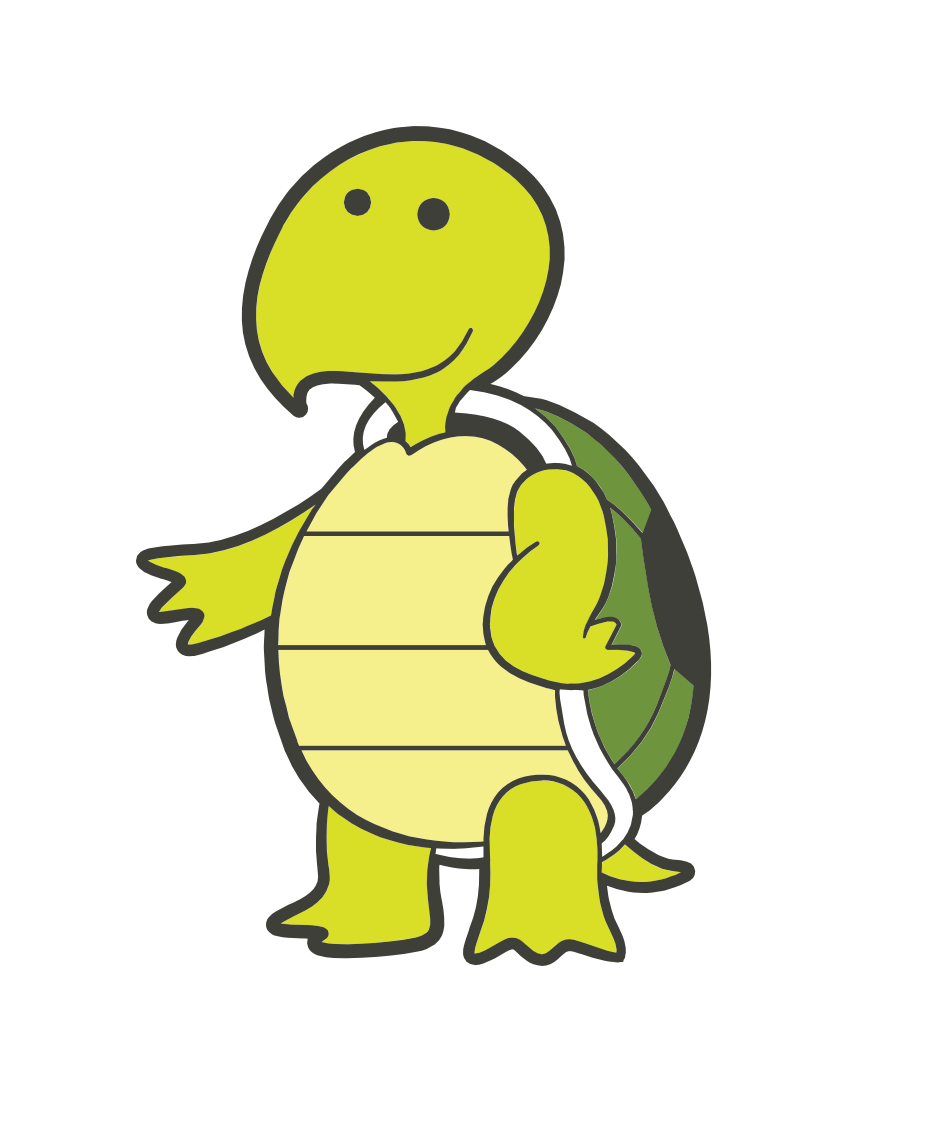Safe Live Plants for Hermann's Tortoises: A Comprehensive Guide
- Birmingham Reptiles

- Aug 3, 2024
- 3 min read

Hermann's tortoises (Testudo hermanni) are charming reptiles that make delightful pets for enthusiasts who appreciate their slow-paced, serene nature. To ensure these tortoises thrive, it is always beneficial to provide a habitat that mimics their natural environment, complete with live plants they can safely consume and coexist with. Here, we delve into the latest information on which live plants are safe for Hermann's tortoises to eat and live with, helping you create a healthy, enriching environment for your shelled companion.
The Importance of Live Plants in a Hermann's Tortoise Habitat
Live plants serve multiple purposes in a Hermann's tortoise enclosure. They provide:
Nutrition: Many plants offer essential vitamins and minerals that contribute to a balanced diet.
Shelter: Plants create hiding spots and a sense of security for the tortoises.
Enrichment: A variety of plants encourages natural foraging behavior, promoting physical and mental health.
Aesthetic Appeal: Lush greenery enhances the visual appeal of the enclosure, making it more enjoyable for both the tortoise and the owner.
Safe Live Plants for Consumption
1. Dandelion (Taraxacum officinale):
Benefits: High in calcium and vitamins A and C.
Notes: A favourite among tortoises, dandelions are nutritious and safe in large quantities.
2. Clover (Trifolium spp.):
Benefits: Rich in protein and fibre.
Notes: Both red and white clovers are safe, though moderation is key due to their high protein content.
3. Plantain (Plantago spp.):
Benefits: Good source of fibre and minerals.
Notes: Both the broadleaf and narrowleaf varieties are safe and palatable.
4 .Hibiscus (Hibiscus rosa-sinensis):
Benefits: High in vitamin C and antioxidants.
Notes: Flowers and leaves are edible, adding variety to the diet.
5. Grape Vine Leaves (Vitis vinifera):
Benefits: Contains vitamins A, C, and K.
Notes: Leaves are safe and nutritious, though the fruit should be offered sparingly due to its sugar content.
6. Mulberry Leaves (Morus spp.):
Benefits: High in calcium and protein.
Notes: Leaves are a great addition, while fruits should be limited.
7. Nasturtium (Tropaeolum majus):
Benefits: Rich in vitamin C.
Notes: Both leaves and flowers are edible and have a peppery taste.
Safe Live Plants for Coexistence
8. Spider Plant (Chlorophytum comosum):
Benefits: Non-toxic and resilient.
Notes: Ideal for providing ground cover and aesthetic appeal.
9. Aloe Vera (Aloe vera):
Benefits: Contains medicinal properties.
Notes: Safe for tortoises but should be offered sparingly due to laxative effects.
10. Hens and Chicks (Sempervivum spp.):
Benefits: Hardy and drought-resistant.
Notes: Non-toxic and can provide a safe, attractive ground cover.
11. Pothos (Epipremnum aureum):
Benefits: Easy to grow and maintain.
Notes: Non-toxic and provides climbing opportunities for enrichment.
12. Boston Fern (Nephrolepis exaltata):
Benefits: Adds humidity and aesthetic appeal.
Notes: Non-toxic and safe, though not a food source.
Tips for Integrating Live Plants
Quarantine New Plants: Before introducing new plants, quarantine them for a few weeks to ensure they are free from pesticides and pests.
Gradual Introduction: Introduce new plants gradually to monitor the tortoise's reaction.
Diverse Diet: Ensure a variety of plants to provide a balanced diet and prevent over-reliance on a single food source.
Monitor Plant Health: Regularly check the health of the plants and replace any that become damaged or unhealthy.
By carefully selecting and maintaining safe live plants, you can create a vibrant and healthful environment for your Hermann's tortoise. This enhances their physical well-being and provides mental stimulation, leading to a happier, healthier pet.
For those who keep Hermann's tortoises, what plants have you found to be both safe and beneficial in their enclosures? Share your experiences and tips in the comments below!




Comments